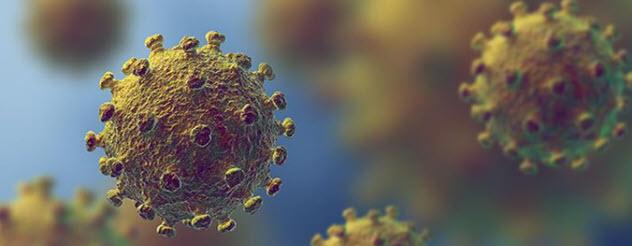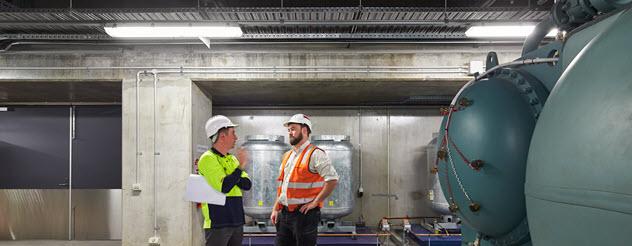
- Home
- Response to humidity control events in sterile store and perioperative areas | Health Technical Advice
Response to humidity control events in sterile store and perioperative areas | Health Technical Advice
The purpose of this technical note is to provide guidance to healthcare practitioners on actions that should be taken in the event of humidity range excursions in sterile store and peri-operative areas.
Excursions of humidity outside of the controlled range for extended periods can cause significant impact to the health service organisation (HSO). The full implications of these events are often not realised until well after the humidity excursion. Impacts realised are not only financial, due to loss of stock that must be discarded but also additional work hours required by HSO staff to reprocess/rectify stock. There is also the flow on effect to surgical lists and elective wait times which add to the overall impact of the event. Additionally, the impact to staff morale and psychological impact along with service reputation is difficult to measure.
The proper handling, storage and transport of reusable medical devices and commercially manufactured sterile stock is essential to ensure that sterility is not compromised.
HSO are required to have written policies and procedures for the storage and handling and transportation of commercially obtained and reusable medical devices stock that is consistent with AS4187.
- Preface
- Introduction
- Why is humidity important in healthcare?
- Protocol for establishing RH ranges in healthcare.
- Humidity event review team (HER Team)
- Humidity Control Events
- Consideration by the HER Team
- Responses to Humidity Control Events
- Humidity Event Review Team Appropriate Actions
- Sterile Stores – High Humidity Event
- Sterile Stores – Low Humidity Event
- Perioperative Area - High Humidity Event
- Perioperative Area - Low Humidity Event
- References and Bibliography
- Technical note prepared by
- Action Flow Chart – Sterile Stores
- Action Flow Chart – Perioperative Areas
- Zone Charts – Sterile Stores
- Zone Charts – Perioperative Areas
Please note: This document has been prepared as a guide and for information purposes only. No legal obligation for any loss, damage or expense is incurred by any person relying on the information provided.
Download
Related content

18 January 2022
HVAC system strategies to airborne infectious outbreaks | Health Technical ...
Guidance to hospital engineers on actions that could be taken in the event of airborne infectious outbreaks.
17 June 2020



